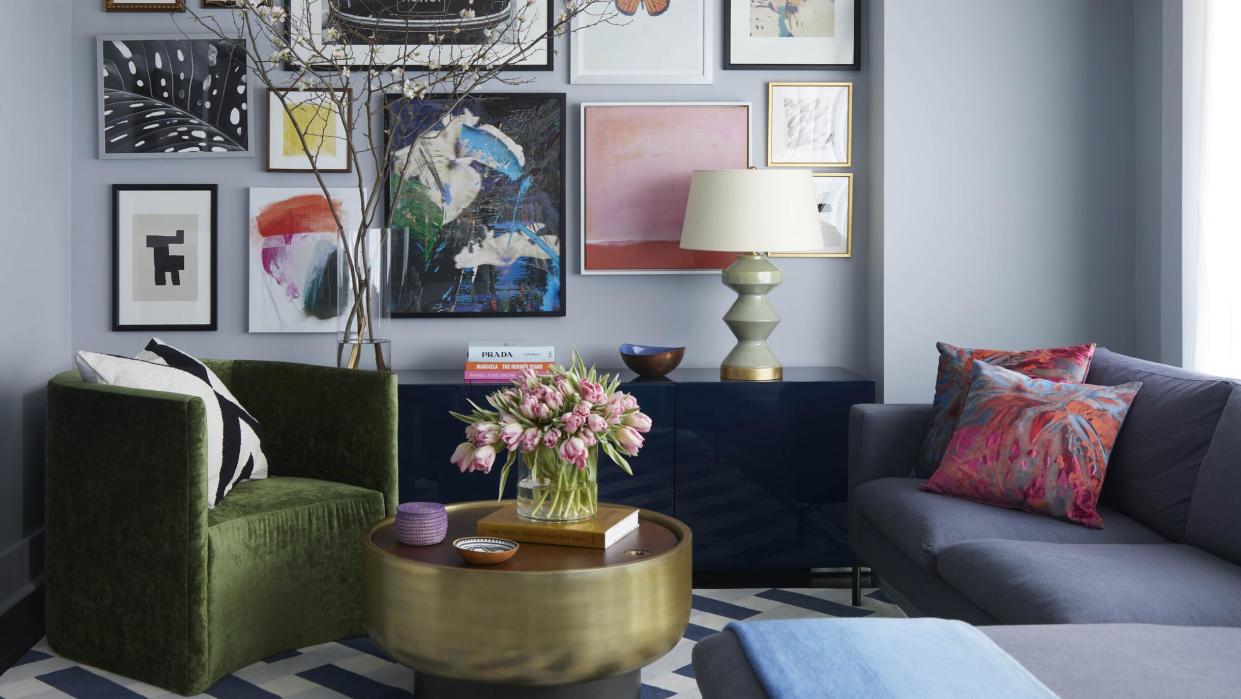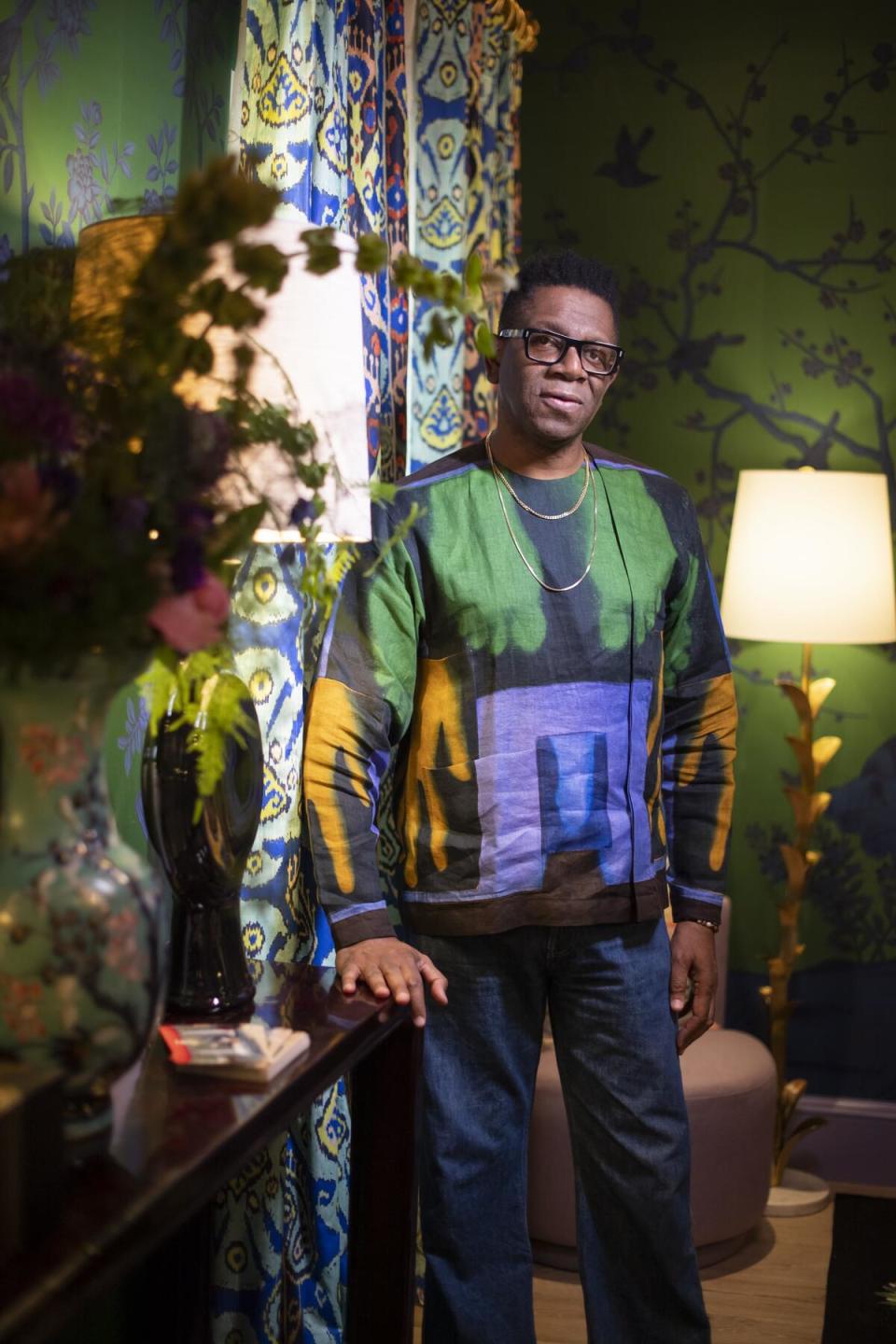A client you’ve never met? Here’s how one designer made it work

designer toolkit | Apr 18, 2024
Rayman Boozer turned a first-time remote project with clients he’d never met into a knockout space worthy of a magazine cover.
Step one in developing a great relationship with a new client: Meet them. Right? Certainly this would have been New York designer Rayman Boozer’s standard procedure under normal circumstances. But March 2020 was very much not normal circumstances.

“This couple in Philadelphia found our work through Architectural Digest, and were designing a pied-à-terre-in New York,” says Boozer. “We were on the phone with them discussing the project, and the husband said, ‘I’m going to give you all this money, and then everything’s going to shut down.’ And that’s exactly what happened—we hadn’t even met yet. But I told them: ‘Whatever happens, I will find a way to deal with it.’”
Four years and 40,000 Zoom calls later, the idea of doing a project remotely might not seem as radical as it once did. But pre-pandemic, it was a wild departure from business as usual. The team at Boozer’s firm, Apartment 48, found themselves scrambling to invent a new way of working.
Some of the challenges were obvious, like how to inspire clients to fall in love with the feel of a fabric without being able to show them samples in person. Others were more psychological. “We would miss that nuance you often get with husband-and-wife clients. When one person doesn’t agree with a design choice, even if they don’t say anything, they make a face and you just know,” says the designer. “You’d pick up on that immediately in person, but not on Zoom.”
As a result, it took a little longer to achieve the level of comfort where both clients could freely speak their mind. “They had originally asked for millwork, and we had discussed a brightly painted bookcase,” says Boozer. “We started to run with that idea, but at some point the wife mentioned she wasn’t married to it, and eventually it came out that she’d rather do a gallery wall in that part of the house. Which was fine—it just took a couple months to get to that point.”
Most of the pivots the designer and his team made were about adapting their process to remote work. Before, they often started jobs by doing a big fabric presentation in person. Now, it was all about Pinterest and mood boards—lots of mood boards. “We were making them for all these different situations, something we normally wouldn’t have done for a two-bedroom apartment,” says Boozer. “The key is context. Even if the client is only making a decision about one fabric, you put it next to the wallpaper and some furniture to really tell a story. We got good at working in that medium—it’s like collage—and really distilling options down so the clients could make a choice.”
After some masked-up site visits with the contractor, a lot of mail-order samples, and a flurry of phone calls and Zoom meetings, the project was finished. The clients loved it, and the apartment even ended up on the cover of House Beautiful. To this day, Boozer has never met the people who live there.
The experience inspired the firm to take on more remote projects than it would have done pre-pandemic. To that end, Apartment 48 is currently tackling a renovation of a house in Chicago. But this time, the designer has actually met the client.
Still, though the process of working for someone he’s never met was certainly out of the ordinary, Boozer remembers it mostly fondly, and posits that the project’s unique circumstances—and the way they upended the designer-client dynamic—led to a great outcome. “They’re not around, so they can’t have second thoughts,” he says. “I also think there was this pressure on me because they were giving me this trust, and because it’s not as much of a collaboration. I was like, ‘This has to be good.’”
This article originally appeared in Spring 2024 issue of Business of Home. Subscribe or become a BOH Insider for more.

